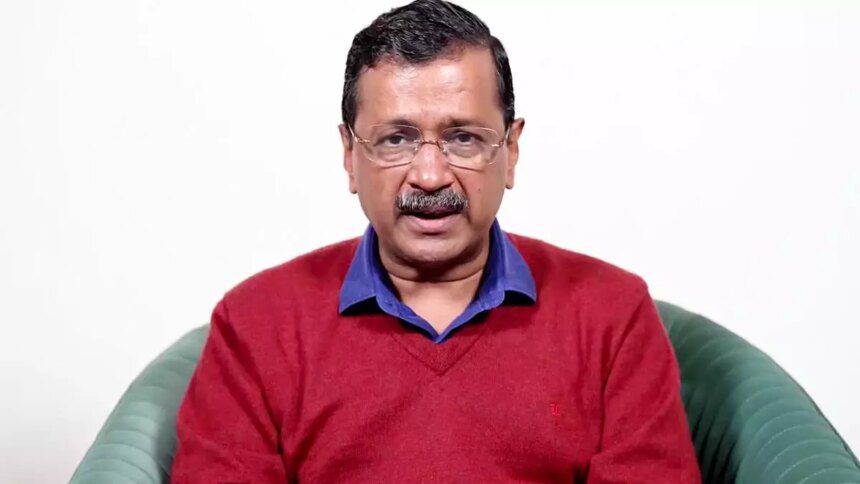A significant factor contributing to former AAP Chief Minister Arvind Kejriwal’s personal defeat and the party’s overall loss in the assembly elections was the shift in support from the middle class towards the BJP. This change was largely attributed to the announcement of the eighth pay commission and tax rebates for salaried individuals in this year’s Union Budget.
Political analysts suggest that dissatisfaction with the AAP party and Kejriwal himself played a crucial role in this shift. Once perceived as an anti-corruption champion, Kejriwal’s image has been tarnished due to allegations surrounding the liquor scam and other corruption-related issues.
This trend was evident in the 2024 Lok Sabha elections and became more pronounced during the assembly elections. The middle class, including government employees, accounted for a significant number of votes in New Delhi—between 12,000 to 20,000 votes per constituency—and represented approximately 45% of the capital’s population, according to AAP sources.
According to data from the Centre for the Study of Developing Societies (CSDS), 53% of middle-class voters supported the AAP in 2020, which was instrumental in securing 62 out of 70 seats in Delhi. In contrast, the BJP received 39% of the votes. However, the mood shifted in the 2024 Lok Sabha elections, where 50% of middle-class voters backed the BJP while only 32% sided with the AAP.
Recognizing this dissatisfaction, Kejriwal had made seven pre-Budget demands from the Modi government, including proposals to raise the income tax exemption limit from ₹7 lakh to ₹10 lakh and to increase the education budget from 2% to 10%.
In the 2025 assembly elections, the BJP achieved remarkable gains across various districts, including West Delhi, East Delhi, Central Delhi, and New Delhi, thanks to the support of middle-class and Purvanchali voters primarily from Uttar Pradesh and Bihar. This surge helped the BJP secure a total of 48 seats in the 70-member assembly, while the AAP managed to obtain only 22 seats, according to results from the Election Commission of India.
Furthermore, the BJP also performed well in the Outer Delhi region, projected to win over 20 seats compared to the AAP’s nine.
AAP leaders privately acknowledged that the corruption allegations lodged against their party members severely damaged its reputation and leadership. One source noted that the ‘Sheesh Mahal’ controversy—pertaining to the alleged renovation corruption of Kejriwal’s official residence—had significant negative repercussions. A noticeable governance gap also became evident in areas such as poor road conditions, healthcare issues, and a water crisis.
In contrast, the BJP succeeded in selecting strong candidates and executed a well-planned campaign that targeted AAP’s leadership effectively, resulting in the defeat of key figures including Kejriwal and former Deputy CM Manish Sisodia.
Additionally, the BJP reassured the less privileged sections of society that welfare schemes would continue and that slum dwellers would receive permanent housing, further consolidating their support. An AAP leader noted the need for serious introspection to enhance the party’s work culture and ensure better governance in Punjab while remaining competitive in states like Goa and Gujarat. With the loss of power in Delhi, they anticipate increased scrutiny and challenges.
Despite the turmoil, the AAP maintains confidence in Kejriwal’s resilience. Party sources expressed hope that time away from the spotlight could help restore his image, believing that the negative narrative surrounding him will fade and allow the AAP to reclaim its standing in the future.










